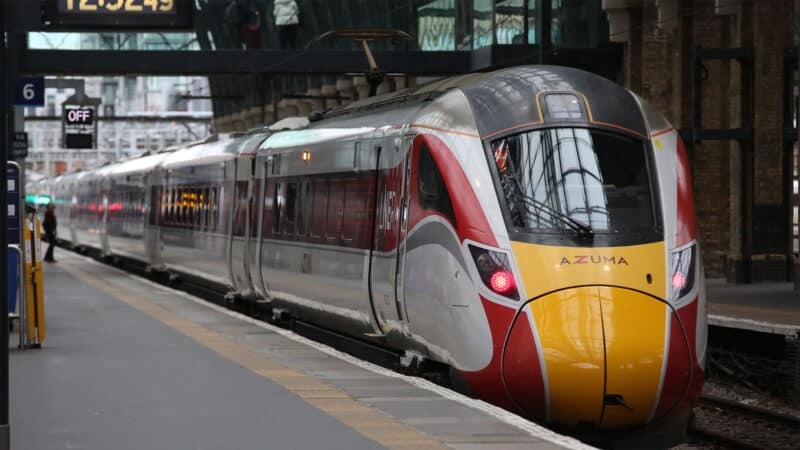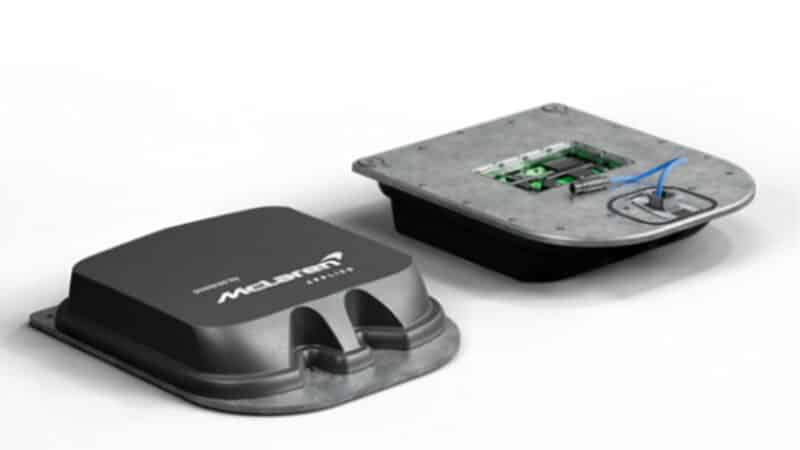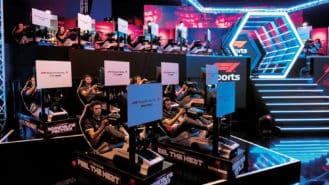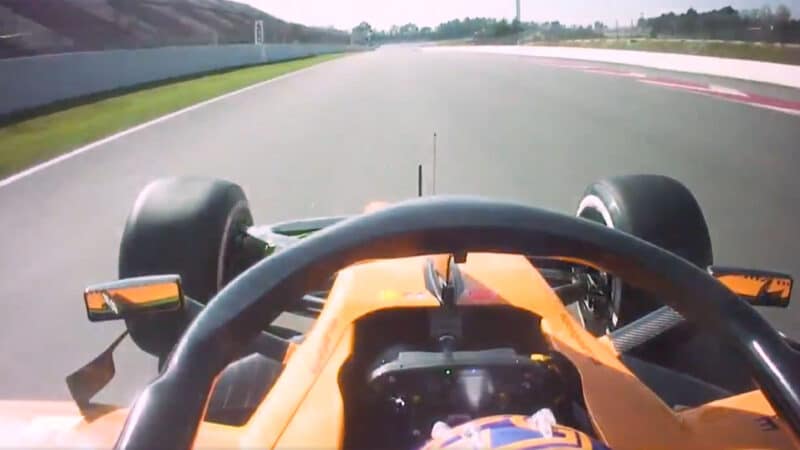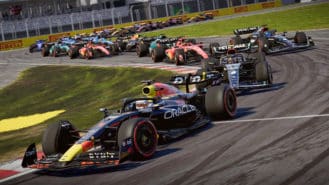Now MA aims to take its techniques for the hugely increased flow of data from railway to racetrack, as its motor sport director Richard Saxby explains, calling it “the next big innovation.” The technology will be combined with the Electronic Control Unit (ECU) which MA supplies to all F1 teams as a standardised component.
“We have a very innovative telemetry system that we are currently trialling,” Saxby tells Motor Sport. “The main idea of this telemetry system is not just about getting the performance data from the car to the pitwall – 80% of the ‘pipe’ that we provide is now freed up and available for the media.
“So, it’ll be able to stream live for 4K and 8K media for things like ghost racing [racing against the live competitors in video games], in-game betting, and many more camera positions.
“With this increased data, we’re then going to be able to stream multiple cameras on all cars, not just a few cameras on a few cars.”
It’s not just viewers who should benefit. Teams will be able to view even more telemetry from their cars too. “This ‘pipe’ still needs to be able to provide the capacity for performance-related data as well,” adds Saxby.
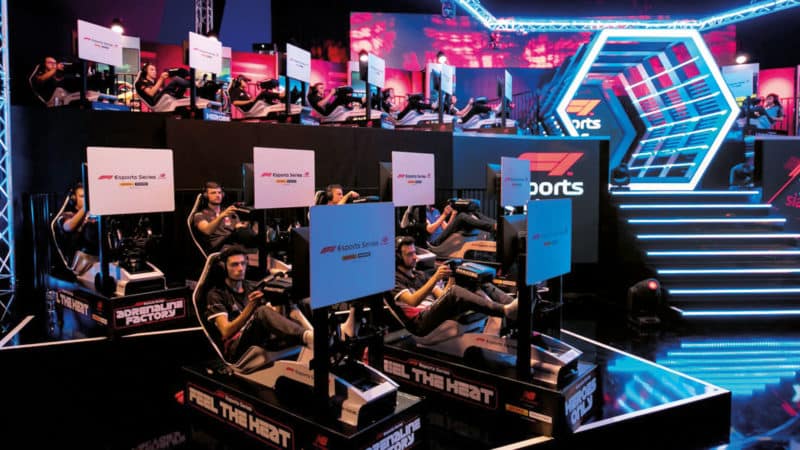
Esports is an area which could be greatly enhanced by the new technology – ghost-racing Lando Norris anyone?
F1 esports
With the recent Netflix-driven media explosion centred around F1, MA is very keen to emphasise that it has its finger on the motor sport pulse – and is aware of on which side its bread is buttered.
“We know we do have to focus on how we get the media off the car” says Saxby. “And of course, we don’t want to just select certain drivers or certain cars – it’s quite a business to be able to stream live media from all of them.
